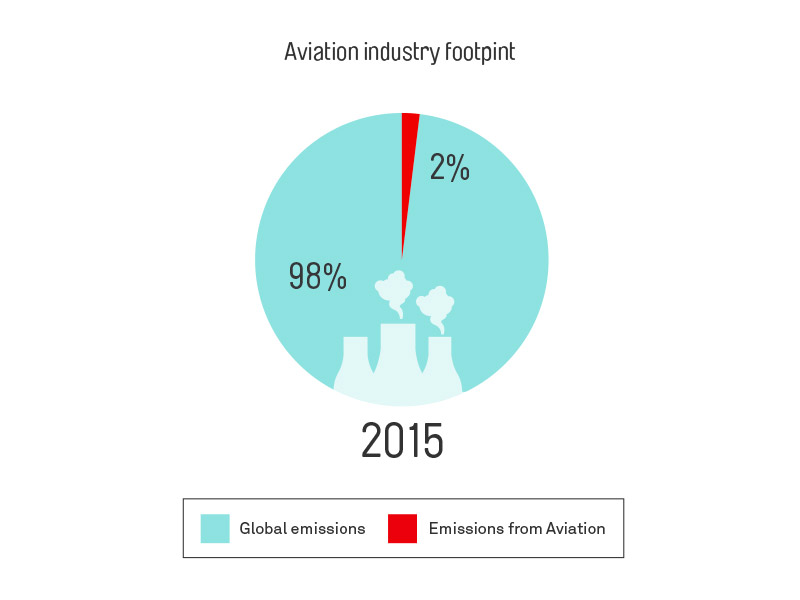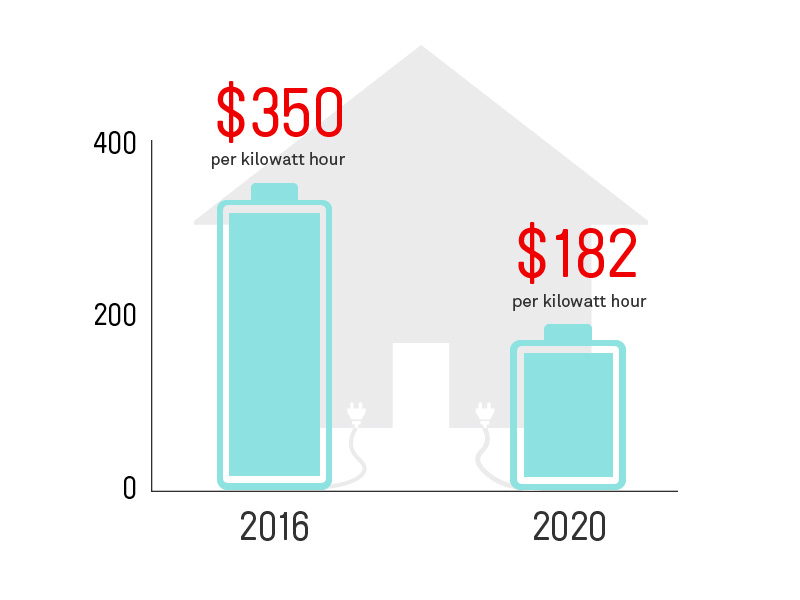Planetary boundaries
Human-induced climate change and resource scarcity is impacting natural environments and communities around the world, influencing consumer behaviour, and reshaping government policies and regulation at a global and local level. Limiting the rise in global temperatures below 2 degrees above pre-industrial levels is a global priority.
Aviation has been in the front line of the global business response, becoming the first industry to voluntarily commit to emissions targets out to 2050 and agree to a global regulatory scheme to come into force from 2021 under the United Nations body for aviation – the International Civil Aviation Organisation (ICAO). The ongoing challenge for individual airlines is to find more efficient ways of using fuel and harnessing new technology to cut emissions and - ultimately - bring biofuel production up to commercial scale.
Alongside the fight against climate change, airlines have a broader role to play in advancing sustainable development, working with communities to make a positive social impact throughout the industry's supply chain.
-
In 2015, flights produced 781 million tonnes of CO2 with the aviation industry being responsible for 2% of CO2 emissions globally. If commercial aviation were to get 6% of its fuel supply from biofuel by 2020, this would reduce its overall carbon footprint by 5%.

-
The global demand for biofuels will hit 172 billion litres by 2020, up from 81 billion litres in 2008. At current production levels, an additional 40 million hectares of land would have to be converted to growing crops for biofuel.

-
New technologies will make alternative energy sources more viable. Prices of lithium ion battery storage are forecast to fall 48% from $350 per kilowatt hour to $182 per kilowatt hour by 2020.

Statistics:
- In 2015, flights produced 781 million tonnes of CO2 with the aviation industry being responsible for 2% of CO2 emissions globally. If commercial aviation were to get 6% of its fuel supply from biofuel by 2020, this would reduce its overall carbon footprint by 5%.
- The global demand for biofuels will hit 172 billion litres by 2020, up from 81 billion litres in 2008. At current production levels, an additional 40 million hectares of land would have to be converted to growing crops for biofuel.
- Prices of home battery storage (Lithium ion batteries) are forecast to fall 48% from $350 per kilo watt hour to $182 per kilo watt hour.
- According to the Intergovernmental Panel on Climate Change, global warming of more than 2°C can have an increase in the number of extreme climate events. In Copenhagen in 2009, an agreement was reached to limit global warming to 2°C between now and 2100. To reach this target, global greenhouse gas (GHG) emissions need to be reduced by 40-70% by 2050 and that carbon neutrality (zero emissions) needs to be reached by the end of the century at the latest.
How Qantas is responding:
Climate change and resource scarcity are global challenges that demand a coordinated response from governments, businesses and individuals, and we are committed to leading the way in that response.
We're guided by a simple philosophy: Measure, Reduce, Offset and Influence. We're using innovative data analytics to quantify our impact; renewing our fleet with the industry's most advanced aircraft; engaging our people in fuel optimisation and playing a lead role in research towards a commercially viable aviation biofuel market.
At the same time, we are engaging our employees, customers and the community through the world's largest airline carbon offset program, committing to stringent energy efficiency targets and supporting the growth of sustainable tourism in Australia, while multiplying the impact of all these initiatives by forming partnerships with regulators, manufacturers, and innovation leaders, from Airservices Australia to GE and Tesla.



